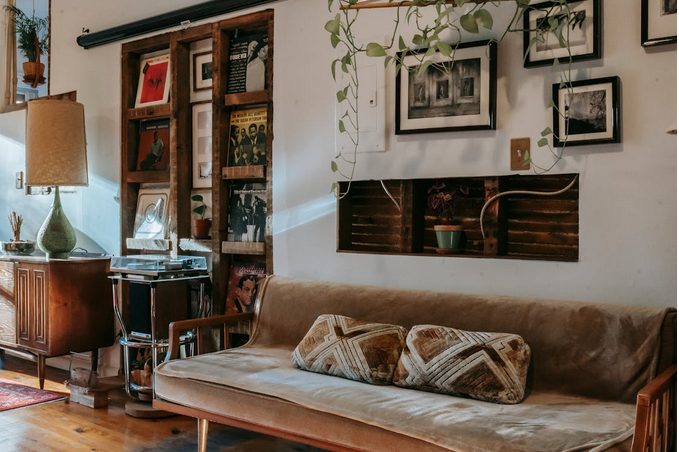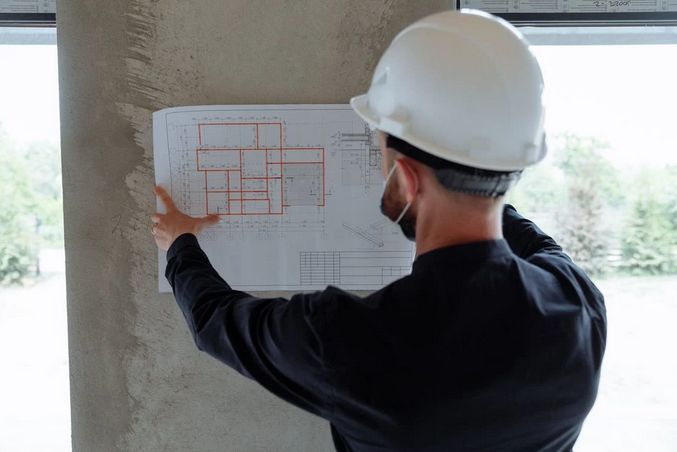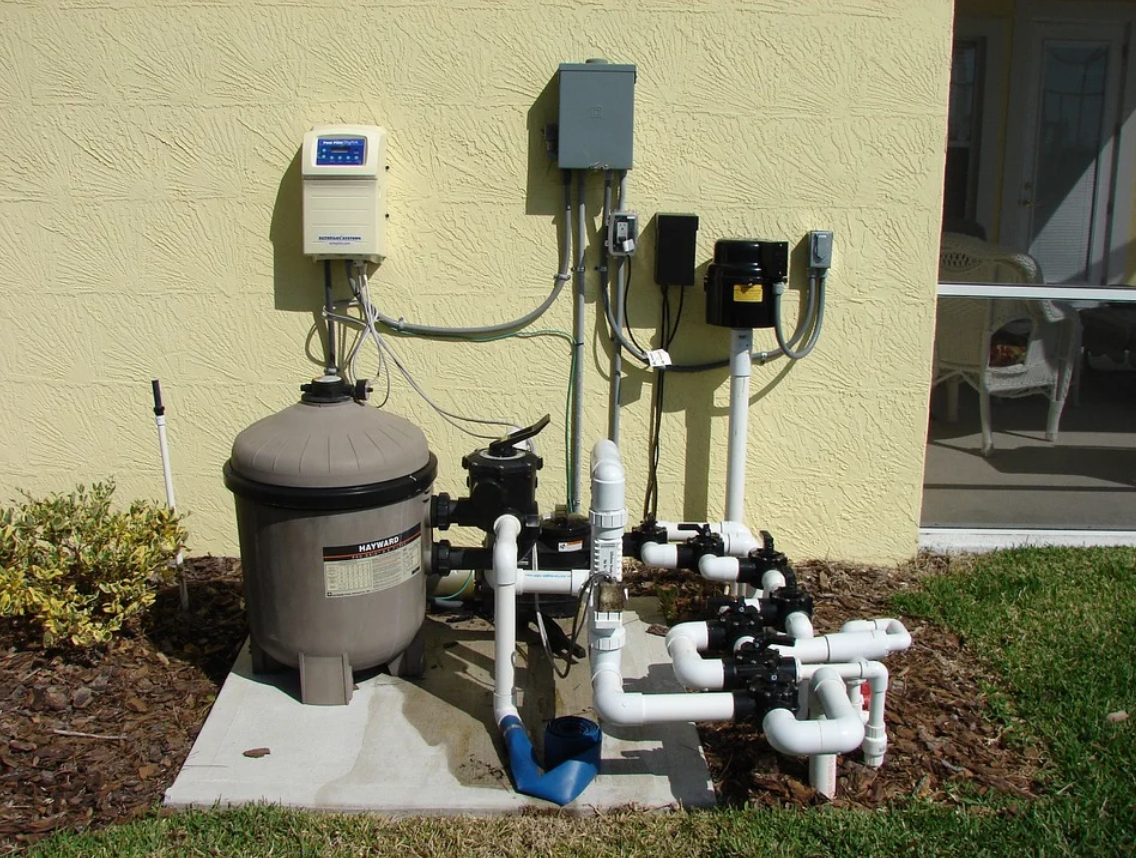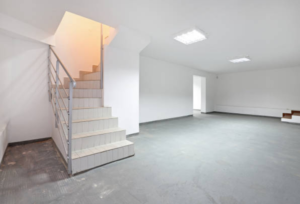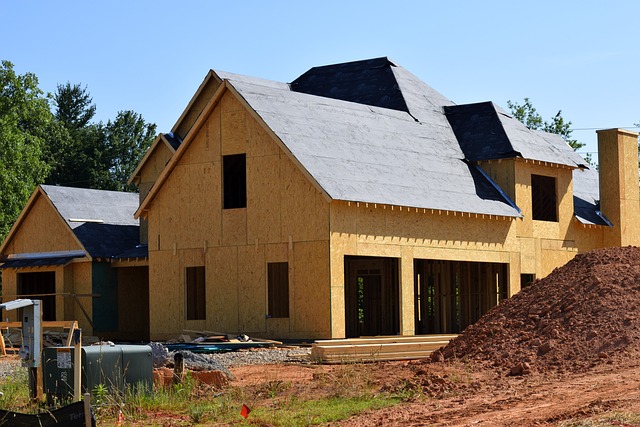
Choosing the Perfect Roof for Your Home Project
Before you hire a roofing company like Perfect Steel Solutions, you need to buy the right roof. Choosing the perfect roof for your home project is an important decision. You want to choose a roof that will last as long as possible, but also one that doesn’t cost too much money.
There are many different roofs out there, and it can be hard to determine which type is best for you. In this blog post, we’ll discuss some factors to consider when choosing a roof so you can find the right fit for your needs.
Your Budget
 You need to determine how much you can spend on your new roof. Many factors go into determining the price of a home improvement project like this one. Like many other items, roofs tend to be priced according to their materials, quality, brand, and durability. Different roofs have different prices, and the one you choose will depend on your budget for your home improvement project.
You need to determine how much you can spend on your new roof. Many factors go into determining the price of a home improvement project like this one. Like many other items, roofs tend to be priced according to their materials, quality, brand, and durability. Different roofs have different prices, and the one you choose will depend on your budget for your home improvement project.
You can get a roofing estimate from a contractor or an online tool that calculates a rough estimate based on the dimensions of your building. Cheap roofs may seem like a good idea, but they won’t last as long, and you will end up spending more in the future. You should be on the lookout for retailers that offer discounts on home improvement products, and you can always ask a contractor if they have any coupons.
The Design



For example, a rustic-style home will look best with natural wood shingles. In contrast, modern or midcentury-style homes can be kept interesting and unique by choosing a more innovative material like clay roof tiles. You should highly consider buying a roof that is easy to customize to fit your needs.
The Quality



If you need a new roof, it might be best to start with metal shingles that can withstand any weather condition imaginably. High-quality roofs will go for about $16 per square foot, with most homeowners spending around $30,000 for a new roof. It would be best if you never let the price of a roof overshadow its quality.
Whether you’re in the market for a new roof or just want to know more …
